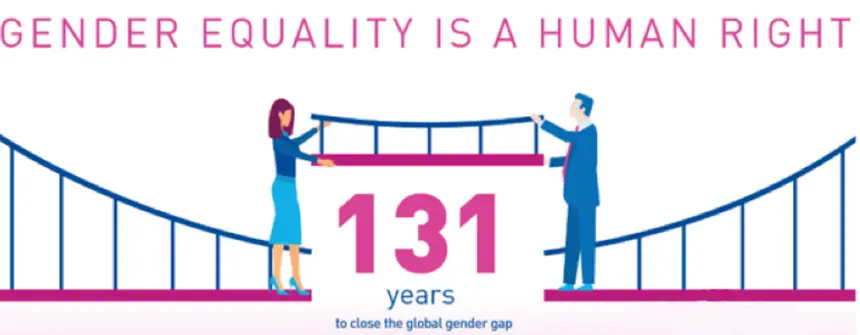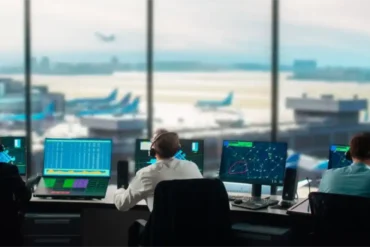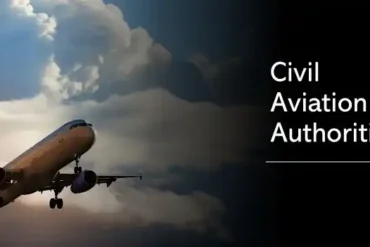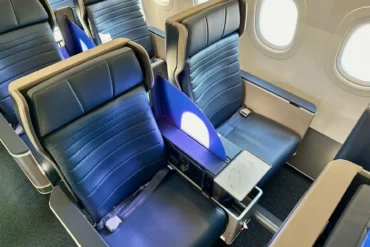Our latest examination offers insights into gender dynamics within the aviation sector, revealing a gradual yet encouraging trend toward greater inclusivity. Over the span of 2016 to 2021, the presence of women in pivotal aviation roles, including pilots, air traffic controllers, and maintenance technicians, has experienced a modest rise from 4.5% to 4.9% globally. Specifically, the percentage of women pilots has climbed from 3.6% to 4.0%, with notable strides observed in the Asia Pacific and Latin America/Caribbean regions. North America leads the charge with 4.6% representation of women pilots, closely followed by Africa and Europe at 4.1% and 4.0%, respectively.
In the domain of aircraft maintenance, the global proportion of women engineers and technicians has nudged up from 2.7% to 3.0%, with enhancements evident across various regions, barring the Middle East and Africa. Notably, the Latin America/Caribbean and Asia Pacific regions spearheaded this progress, with the latter boasting the highest global rate of licensed women in these fields at 4.4%.
Stability characterizes the presence of women as air traffic controllers, maintaining a consistent level of about 20.6% worldwide. Noteworthy growth has been observed in the Latin America/Caribbean and Middle East regions, with the former leading with an impressive 31.8% of women controllers, trailed by Europe at 21.4%.
At the heart of this conversation lies gender equality – the fair chance for both women and men to access opportunities while recognizing their unique contributions. This principle is fundamental to human rights and serves as a cornerstone of the United Nations’ philosophy. Striving for gender parity, where both genders are equally represented, is key to achieving genuine equality. According to the 2022 Global Gender Gap Report, bridging the global gender gap may take another 132 years. Additionally, neglecting gender disparities could potentially drain a staggering 1 trillion dollars from the global GDP by 2030.
The International Civil Aviation Organization (ICAO) has introduced new data dashboards spotlighting women’s roles in aviation. These dashboards are designed to provide nations with updated insights, aiding in the formulation of strategic objectives and policies to address the significant gender gap in the aviation sector. This initiative will be complemented by further insights into the gender dynamics of the aviation workforce, shared at the ICAO Global Aviation Gender Summit 2023, scheduled from July 5th to 7th in Madrid, Spain.
The summit, a collaborative endeavor supported by the Spanish Government, the European Commission, UN Women, the International Labor Organization, and the International Transport Forum, marks a significant milestone for the wider aviation community. It presents a valuable opportunity to evaluate current scenarios, identify necessary enhancements, and advocate for innovative strategies to accelerate progress towards gender equality and women’s empowerment in aviation.
By bringing together a diverse array of government officials, international organizations, industry stakeholders, academic experts, young leaders, and influential change-makers, the ICAO Global Aviation Gender Summit 2023 promises three days filled with enlightening conversations, knowledge sharing, and the exchange of experiences aimed at driving meaningful change.
At the core of its multifaceted agenda, the Summit is poised to issue a compelling Call to Action. This proclamation will outline a comprehensive set of practical and impactful initiatives for all stakeholders in aviation—and related sectors—to significantly advance the industry’s gender equality agenda.







